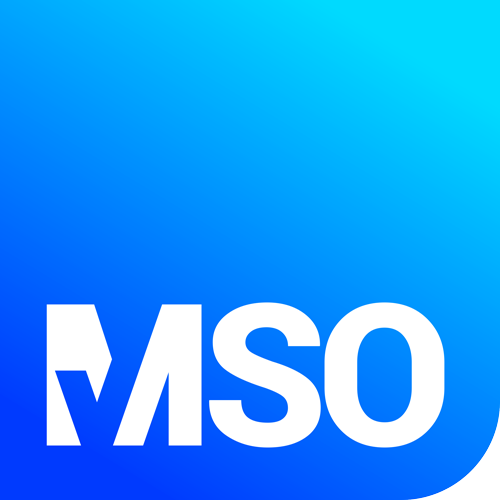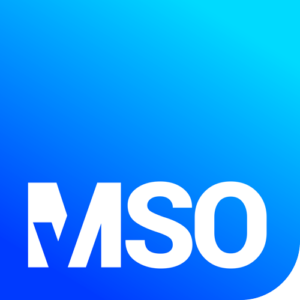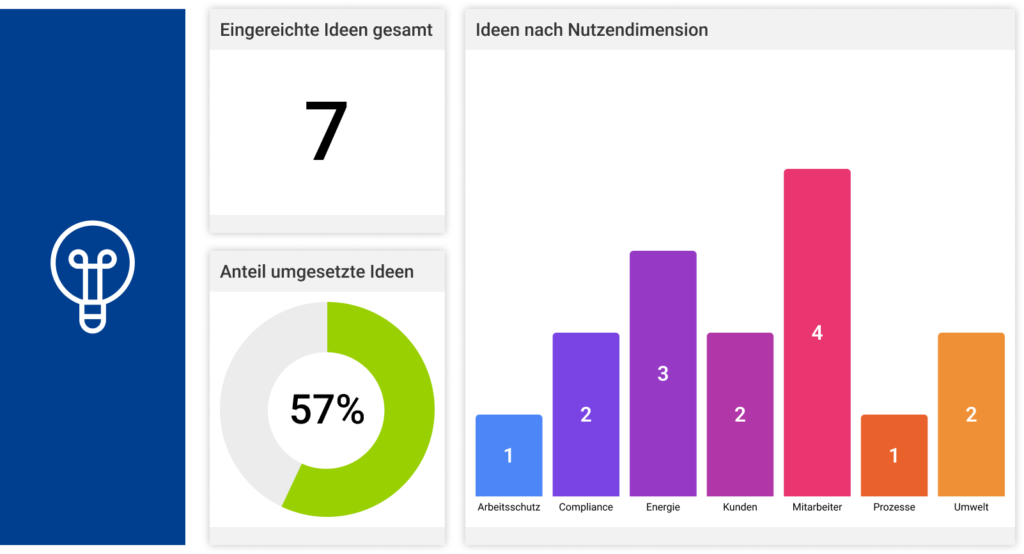Table of Contents
The separation of classic and agile project management often becomes a question of faith. But a strict separation between the different methods is not always reasonable. Why the combination of different project management methods can be promising and what the challenges are, is clarified in our blog.
What kind of project management is right for my project? Classical? Agile? Often the decision for the right model is not an either-or question. For example, it can make sense to create entire project plans in a “classic” way, but to use agile methods in individual iterations. This combination of different project management methods is called “hybrid project management”. The method promises to combine the best of both worlds. To recognize the advantages and challenges that can be derived from it, it is necessary to first compare classical and agile methods.
Classical project management: predictable and clear
In classic project management, project managers rely on standardized procedures to balance goals, budget and deadlines at the beginning of the project so that a reliable project plan can be drawn up. The project manager often acts as the disciplinary superior of the teams and assumes full project responsibility within the company. The aim is to adhere as closely as possible to the project plan drawn up in advance, which culminates in the finished product with all the features defined in the specifications sheet. Changes to the plan should be avoided as far as possible, as these often result in high efforts and costs.
Stage-Gate Model
The Stage-Gate model according to Cooper and Kleinschmidt was developed with the aim of making the product development process as a whole effective. Projects are divided into several, firmly defined phases (stages) and milestones (gates). The transition from one phase to the next can only take place when all milestones of the current phases have been successfully completed.
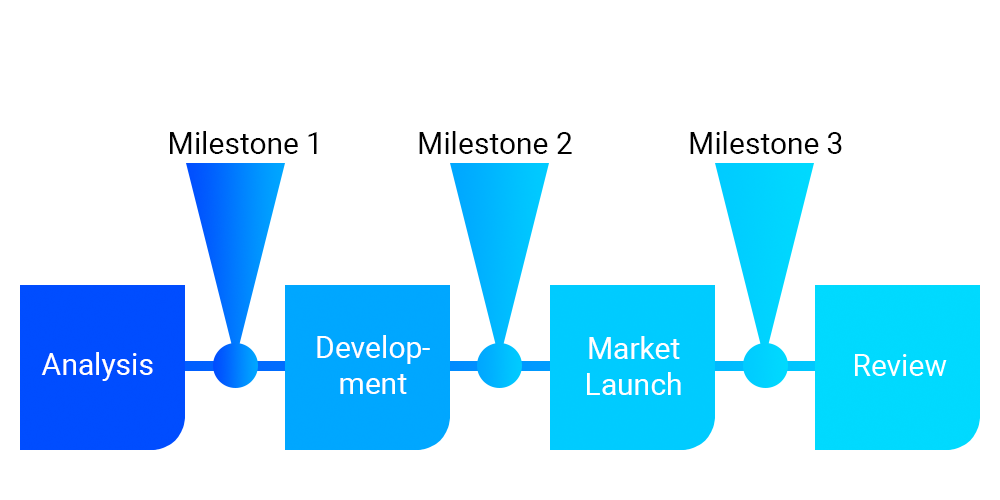
Advantages & disadvantages of the model
The stage-gate model allows a particularly structured approach to project implementation, as it is clear at all times which sub-goals must be achieved next in order to move on to the next project phase. The regular gate reviews also simplify compliance with defined quality standards, as these can be incorporated into the project plan as milestones.
However, the model also has some disadvantages: Implementations using the stage-gate method are only successful if the project plan drawn up is as detailed as possible and the requirements are formulated very precisely. Accordingly, the necessary preparation effort is very high before the project goes into rollout. The model also shows its weaknesses when project specifications change: Any changes require numerous adjustments to the planned phases and milestones and make the stage-gate method very sluggish when unforeseen events occur.
Waterfall
The waterfall method was originally developed for the handling of production processes and is a so-called linear process model, i.e. no project phase is run through several times. The individual project phases are processed sequentially, only when the current phase has been successfully completed can the next one begin. Similar to the stage-gate method, the start and end points of the individual phases and the expected results are clearly defined from the outset in the waterfall model.
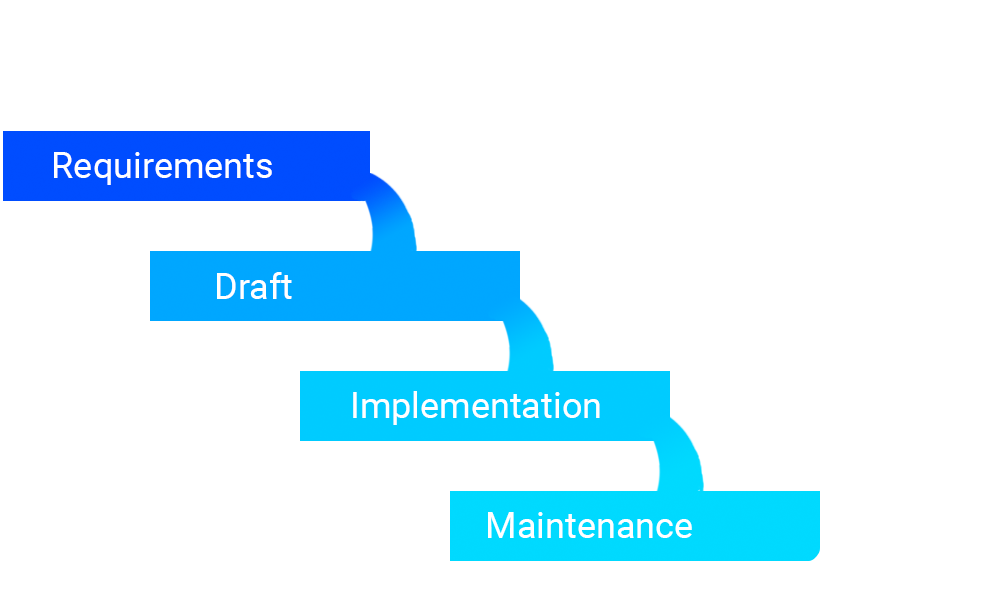
Advantages & disadvantages of the model
The biggest advantage of the waterfall model is clearly the high level of planning reliability. The easily comprehensible and clear structure allows simple and precise planning and a high degree of control over the progress of the project, even for extensive projects. The waterfall method is particularly effective for projects of smaller scope or for projects with very constant requirements that do not require short-term correction loops.
This is because the model does not prove to be particularly flexible. No iterations are planned within the run-through phases, so that development errors are often only noticed at a late stage – making up for these errors is time-consuming and cost-intensive. The total project lead time with the waterfall method is also relatively long compared to other approaches. The model is therefore unsuitable for projects with a large number of unforeseeable factors.
Agile methods: flexible and versatile
In order to be able to show the necessary flexibility in such projects, many companies use so-called agile methods. They are used particularly frequently in software development, but agile project management is generally becoming more and more popular. Even though there is no uniform definition of agile project management, all agile methods are based on the iterative approach as a basic principle. In each project iteration, an at least theoretically available product increment should be completed. Compared to classical methods, the individual processing cycles are quite short, allowing fast feedback loops and flexible adjustments when requirements change.
Kanban
Kanban (Japanese for “signal card”) has its origin in the 1950s in the production system of Toyota. The goal of Kanban is to reduce inventories, lower throughput and delivery times and increase availability of materials. The classic application of Kanban is the production control of physical goods based on the pull principle. Kanban enables you to control the entire material flow from the demand source on the basis of linked control loops. Since 2007, the basic mechanisms of Kanban have increasingly been applied in software development. The so-called Kanban boards for the visualization of individual measures or tasks have established themselves as the most well-known element of the method. Typically, a Kanban board is divided into several lists, for example into the three categories “Tasks (total)”, “In progress” and “Done”. By always transferring only the quantity of tasks that are currently being completed to processing, the Work-In-Progress (WIP) can be kept constant and a classic pull control can be implemented.
Advantages & disadvantages of the model
A definite advantage of the Kanban method is the visual representation, which enables clear project control. The processing of tasks according to the pull principle ensures a constant flow of tasks and streamlines the use of resources by limiting the processing of unnecessary to-dos. The Kanban structure also makes it easy to introduce changes. In addition, the model can be easily combined with other project management methods.
But working with Kanban also has some disadvantages: In large projects with many individual steps, tasks that build on each other and smaller sub-projects, things quickly become confusing – also because the organizational framework is missing that clearly defines responsibilities and dependencies and places smaller to-dos in the overall context of the project. The time overview is also quickly lost due to a lack of milestones.
Scrum
Scrum is originally a method designed for software development, which has been used in practice since the 2000s. Detached from classical project management methods, Scrum is based on an empirical, incremental and iterative system. Thus the entire project result is created in step-by-step, repetitive stages – the so-called sprints. Before each sprint, tasks are selected from the entirety of customer requirements for the product, the product backlog, and transferred to the sprint backlog. This sprint backlog must be processed during the current sprint. Before the sprint begins, the tasks to be processed are prioritized. This enables the agile integration of new or changed requirements. The new functionalities that the product must have after the end of the sprint are also defined – because the goal is to have a functional intermediate product, the so-called product increment, after each sprint. The clou with Scrum: The classic project manager does not exist. Instead, project work with Scrum is divided into three roles: The Product Owner is responsible for the (financial) success of the product, prioritizes the tasks and defines the goals of the upcoming sprint. He is represented by a single person. The development team is responsible for implementing the tasks planned for the sprint. Finally, the Scrum Master accompanies the development team and supports them in adhering to the systematic approach. This role is often compared to that of a moderator, since the Scrum Master himself does not participate in the implementation of the tasks, but only defines the outer framework.
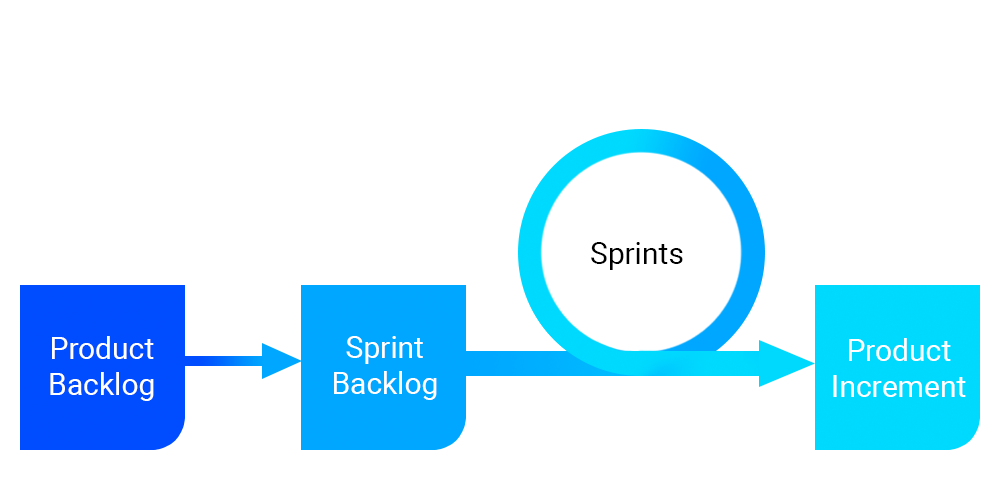
Advantages & disadvantages of the model
With Scrum companies work with maximum flexibility. Through constant re-evaluation of backlog tasks and prioritization for individual sprints, changing requirements can be taken into account at any time. The method is also very transparent for all parties involved due to the backlogs, the always same processes and clear target agreements of the sprints. Scrum enables a high degree of autonomy for the team and ensures a constant flow of tasks.
On the other hand, there is a very high coordination effort, which can be overwhelming, especially with large projects. Although working with backlogs provides an insight into requirements that still need to be met, it does not provide a concrete overall view of the project. Last but not least, Scrum is designed for working with self-contained teams and thus fails in projects with many departmental interfaces or a large number of stakeholders.
So why hybrid project management?
Hybrid project management combines the advantages of different project management methods and focuses them on a context-specific application. Thus, companies can use the planning reliability and structure of classic project management models for the coordination of large projects, but benefit from the flexibility of agile methods in small subprojects. This is also increasingly necessary: Ever shorter product life cycles, the change from a seller’s to a buyer’s market and increasingly disruptive business models require a high degree of flexibility in project work. Depending on the organizational structure, team size, scope, time and cost budget and employee experience, specific methods must be applied to ensure the success of the project. Agile methods are also becoming increasingly important due to their increased flexibility, but they can rarely be implemented 1:1 and are not equally suitable for every project.
How it works
In principle, the hybridization of several classical or several agile methods is conceivable. However, hybrid project management often means the combination of one or more classical methods with agile methods. Which combination of agile and classic methods is the right one cannot be answered in general. All approaches have their justification, depending on the context. Here it is important to examine the requirements of your own (sub-)projects in detail and thus find the appropriate approach. This requires some experience. The combination of several project management methods also places high demands on both the methodological know-how of the employees and the project management software used, which is often not designed to work with different methods simultaneously. There is hardly a common project management tool that is able to map the combination of classic and agile methods in a meaningful way. Yet the hybrid approach has become standard in most companies.
Nevertheless, hybrid project management offers the opportunity to develop tailor-made management methods for your own projects. One possibility of a hybrid approach, for example, is the combination of a waterfall model with Scrum and Kanban. In this case, the waterfall model serves to roughly structure the entire project. The project is thus divided into several sub-projects with corresponding milestones and subsequent reviews. This subdivision gives the entire project an external framework and ensures that the project as a whole remains clear and is not neglected. Now it can make sense to realize clearly defined task areas within the individual subprojects within a small team using Scrum. The progress of the project could then be visualized with a Kanban board. With these methods one remains flexible within the subprojects and can quickly take changing requirements into account.
Conclusion
Project management is changing, and not just since yesterday. Agile methods such as Scrum and Kanban are becoming increasingly important, projects in the age of Industry 4.0 are becoming faster moving and more volatile. Nevertheless, classic methods of project management cannot simply be replaced – especially extensive and planning-intensive projects cannot be coordinated satisfactorily with agile methods. Hybrid project management allows the context-specific use of the right procedures at the right time, thus offering the opportunity to take into account your very own requirements and processes. What companies need: the right tool. Unique companies with unique backgrounds, unique employees and unique projects require individual software support – a tool that can flexibly map the variety of methods. A tool like the MSO Project Manager. Learn more now.
